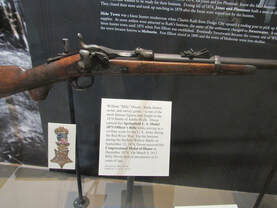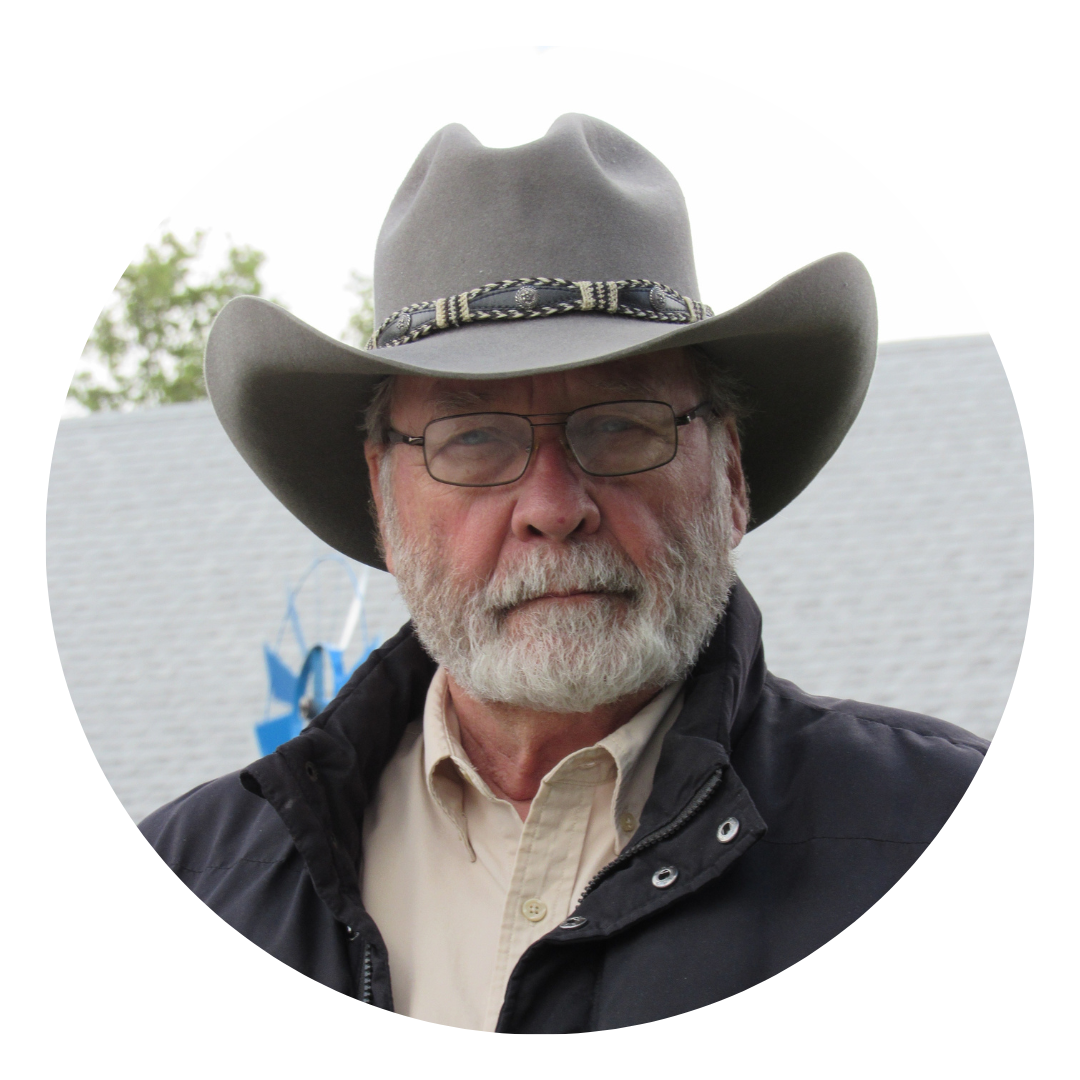 When I was growing up, I believed in John Wayne. In particular, anything about the US cavalry troops stationed in the various frontier forts in Texas, New Mexico, and Arizona, I took as truth from John Ford’s She Wore a Yellow Ribbon, Fort Apache, and Rio Grande. I grew up believing that all the Southwest resembled Monument Valley, that beautiful women were fabulously desirable out in barren wilderness, and that most of the cavalry rode around all day, looking for Indians to fight. Later movies would present more authentic stories, but reading the real history of the frontier army, who was in it, their leadership, their mission, their military campaigns, and their daily life is more interesting and provocative than what you’ll find on the silver screen. As I’ve been reading for information to bolster my next fiction novel, I find myself returning to Fort Bascom, by James Bailey Blackshear. Once again, it’s the data of the situation that characterize what life was really like in a frontier fort. “Over its history, Fort Bascom soldiers represented a variety of nationalities and ethnicities. In addition to African Americans, Hispanos, Germans, and Irishmen, Americans from all regions of the country were posted to the garrison. First- and second-generation Irishmen had a particularly strong presence in New Mexico both during and after the [Civil] war.… David M. Emmons notes that by 1870, Irish immigrants made up about a fourth of the entire frontier army, so it is not surprising to find them scattered throughout the documents concerning Bascom.” “As did African Americans, immigrants joined the army because less desirable options restricted them to low-paying, menial jobs that no one else wanted. Enlisting gave both groups a means of escaping overcrowded slums and majority populations that were unwilling to accept them as anything more than subservient classes.” “The army guaranteed meals and board and offered an escape from urban decay and the cotton economy. There was also the possibility that once their military obligations were fulfilled, former soldiers might put down roots in a region more accepting of different nationalities and ethnicities. Yet as Captain Dubois indicated, not everyone who joined the army fulfilled those obligations. Some deserted.” “Soldiers deserted for a variety of reasons. Fighting Indians and Comancheros along the Canadian River was not why many of the early enlistees had signed up. They had joined to shoot Confederates. They also had been enticed by cash bounties paid for enlisting. Once mustered into the service, most soon realized that a soldier’s life was 98 percent boring and 2 percent dangerous. “….the food was bad and the work was hard. Privates spent a lot of time stacking adobes, chopping wood, shoveling horse manure, and hauling water—all within an area most considered an isolated wasteland. Even the water, when it was available, often had to be purged of organic material before it could be consumed. Enlistees found themselves at the beck and call of frustrated, alcoholic officers who felt as trapped as they did. Poor nutrition and bad water often led to sickness and misery. Soldiers feared cholera more than Comanches, for the medical personnel and their facilities were often subpar. For these reasons, 33 percent of enlisted men deserted their posts.” “Women also lived at Fort Bascom. Officers’ wives often traveled west with their husbands, lending an outsiders’ perspective to military life on the southern plains. Perhaps Martha Summerhayes, stationed in Arizona with her husband, characterized a soldier’s life best when she called it a ‘glittering misery.’” “Finding single women on the base was unusual, but it did occur. Marian Sloan worked as a cook with her mother at Fort Union. But the great majority of women at the frontier forts were married. Once hired, they were provided a food ration, a stipulation that helped feed families, for many times women brought their children with them. At Fort Bascom in the early 1860s, these positions were filled by Hispanic women since their husbands manned the fort. Wives followed their men out of the mountain villages of San Miguel and Mora Counties, about a week’s journey away. The significance of laundresses to military operations is highlighted by the construction of quarters for them at most frontier posts. Laundress quarters at Fort Bascom were positioned directly behind the soldiers’ barracks.” “The 1870 census notes the fourteen adult women [there was commonly around two hundred soldiers at Fort Bascom] were either living within the post or on the military grounds, which encompassed two square miles. Twenty children of various ages also lived there. Seven of these women and one sixteen-year-old female were New Mexicans, but Teresa Nown was not the only local that was married to an immigrant soldier. Felicita Kelly’s husband, Private Thomas Kelly, originated from Newfoundland. Conversely, not all of the post’s laundresses and washerwomen hailed from New Mexico. They came from as far as New York, Pennsylvania, and Ireland.” “Longer stretches of off-duty time allowed soldiers to participate in events organized for larger groups or everyone at the post…..On weekends or special occasions like the Fourth of July or Christmas, horse racing, shooting competitions, and footraces were held on the parade grounds, as were picnics and musical presentations. Baseball had taken the nation by storm by the 1870s and Fort Bascom was not an exception. The Eighth Cavalry brought the game to the Canadian River Valley. Matthews noted that along with additional rations and ammunition, Company L brought along their bats and balls on one particular scout.” I don’t remember John Wayne ever playing baseball in his cavalry uniform, and I don’t remember him ever becoming involved with a woman who was responsible for washing his shorts, but it might have happened. Reality can sometimes be a lot of fun.
0 Comments
Leave a Reply. |
AuthorDon Willerton has been a reader all his life and yearns to write words like the authors he has read. He's working hard at it and invites others to share their experiences. |

 RSS Feed
RSS Feed